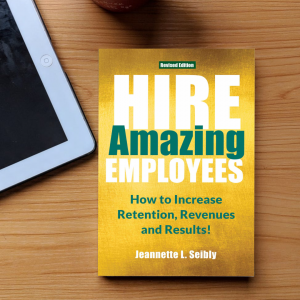
The hardest part of any new venture or project often comes after the initial excitement fades. You’re staring at the plan you created, and overwhelm begins to creep in.
You notice missing pieces.
Your inner psyche chirps, “You cannot do this.”
Your doubt screams, “What were you thinking?”
Or worse, “What will others say?”
Even if you’re not fully aware of your doubts and fears, they will sabotage your progress unless addressed in a positive, proactive way.
Here’s the truth: action creates motivation—not the other way around, despite what many of us were taught to believe. We often use a lack of motivation as an excuse to play small or avoid taking any action at all. But attempting big steps too soon will sabotage your efforts.
What’s the solution?
Take action by identifying the smallest possible step—then, do it.
Take One Small Step
- Want to lose weight? Put on your walking shoes. Nothing else. Then, the next day, put them on again. Soon, you’ll be out walking! (Yes, this really works.)
- Want to save money? Set aside 1% each time you receive any money. Before long, you’ll be amazed at how much you’ve accumulated.
- Want that promotion? Take the smallest action possible—like buying your Get Your Brag On! book. This helps you avoid overwhelm and prevents you from missing critical details that could sabotage your efforts.
Make Sure Your Environment Is Supportive
This includes both physical and emotional spaces.
- If your home office is in the basement and you dread going down there, move it somewhere you enjoy.
- If your team members constantly naysay everything, it may be time for new ones. But beware: if they’re pushing back on your habit of constantly changing things, listen. That habit may be your saboteur—not them.
Celebrate Progress
- Learn to complete and review daily, weekly, and monthly actions. This supports your growth.
- Conduct a “What Worked? / What Didn’t Work?” review at least once a month.
- Be real. Use your numbers. And don’t forget to update your brag statements!
Remember: Your new project or venture isn’t overwhelming. You simply need to take small actions, make thoughtful adjustments, and stop sabotaging yourself. Enjoy the process of creating results one step at a time. Your actions will feed your motivation to continue to move forward.
© Jeannette Seibly 2025 All Rights Reserved
 Jeannette Seibly is a legacy-driven Talent Advisor, Leadership Results Coach, and Amazon Best-Selling Business Author. For over 33 years, she has empowered thousands of executives and business leaders to achieve sustainable success through strategic hiring, values-based coaching, and intentional leadership development. Her work blends clarity, accountability, and soulful impact—activating performance and purpose at every level.
Jeannette Seibly is a legacy-driven Talent Advisor, Leadership Results Coach, and Amazon Best-Selling Business Author. For over 33 years, she has empowered thousands of executives and business leaders to achieve sustainable success through strategic hiring, values-based coaching, and intentional leadership development. Her work blends clarity, accountability, and soulful impact—activating performance and purpose at every level.
Ready to take action—but unclear about what you really, really, really want to achieve? Let’s talk.



 Jeannette Seibly is a legacy-driven Talent Advisor, Leadership Results Coach, and Amazon Best-Selling Business Author. For over 33 years, she has empowered thousands of executives and business leaders to achieve sustainable success through strategic hiring, values-based coaching, and intentional leadership development. Her work blends clarity, accountability, and soulful impact—activating performance and purpose at every level.
Jeannette Seibly is a legacy-driven Talent Advisor, Leadership Results Coach, and Amazon Best-Selling Business Author. For over 33 years, she has empowered thousands of executives and business leaders to achieve sustainable success through strategic hiring, values-based coaching, and intentional leadership development. Her work blends clarity, accountability, and soulful impact—activating performance and purpose at every level.
 Jeannette Seibly, an award-winning Talent Advisor, Leadership Results Coach, and Business Author, has guided thousands of executives and business leaders to achieve remarkable success over the past 33 years. Her specialty is delivering innovative solutions for hiring, coaching, and leadership challenges—with excellence and accountability at the core.
Jeannette Seibly, an award-winning Talent Advisor, Leadership Results Coach, and Business Author, has guided thousands of executives and business leaders to achieve remarkable success over the past 33 years. Her specialty is delivering innovative solutions for hiring, coaching, and leadership challenges—with excellence and accountability at the core. 

 Remember, use a
Remember, use a 


